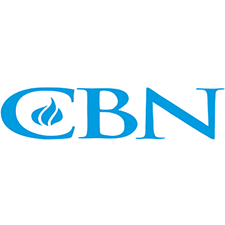
As digital content and marketing assets continue to grow rapidly, the need for a solid system to manage it all has become more essential than ever.
In our increasingly digital world, mastering the art of media asset management (MAM) has become an undeniable imperative for content creators. Producing video assets and other content means dealing with hundreds of images, videos, and a wealth of graphics and other resources. This process can lead to an overwhelming pile-up of files in your system. It’s not easy – maintaining order and keeping up with the maintenance of such a vast array of files requires significant attention to detail.
So what are the advantages of media asset management and what are the characteristics of different MAM systems? And what is the best media asset management software solution?
Understanding media asset management
What is media asset management?
Media asset management (MAM) refers to the process of storing, organising, and managing media files, such as images, videos, and audio, within an organisation. A MAM system enables users to quickly and easily access, share, and distribute multimedia content, streamlining the content creation and production process. Some of the key features of a media asset management system include:
- Centralised storage and organisation of media files
- Support for various media file formats and metadata
- Access control and permissions management
- Versioning and revision tracking
- Search and retrieval capabilities
- Integration with other systems, such as content management systems (CMS), production tools, and distribution platforms
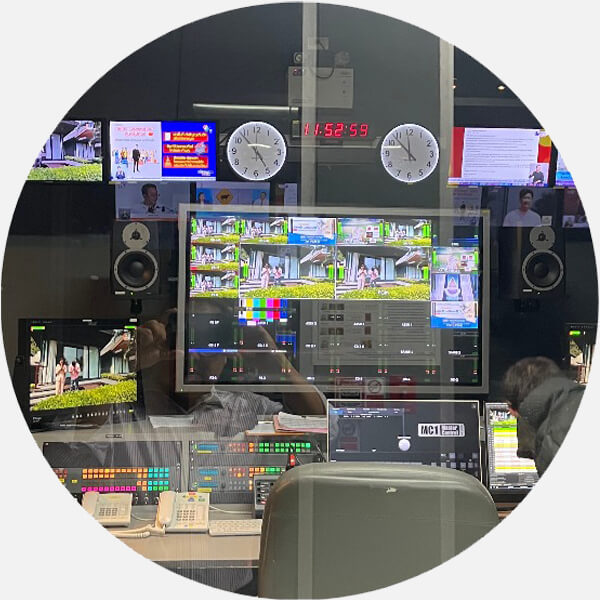
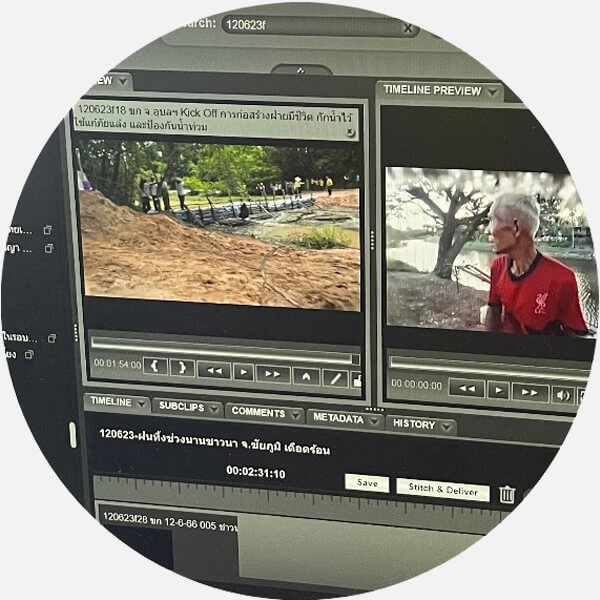
What about digital asset management?
While MAM systems focus primarily on managing media files, digital asset management (DAM) systems deal with a broader range of digital assets, including documents, presentations, and graphics. DAM systems offer similar features to MAM systems but are designed to handle a wider variety of content types. Some of the benefits of using a DAM solution include:
- Improved collaboration and communication among team members
- Streamlined content creation and production workflows
- Enhanced brand consistency and compliance
- Better control over digital asset usage and distribution
- Increased efficiency and cost savings
Choosing the right software
When selecting a MAM system, there are several factors to consider, including:
Media asset management software
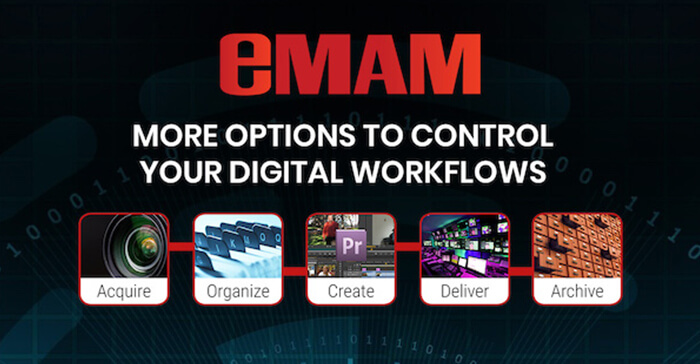
eMAM is a powerful media asset management platform that provides users with an intuitive web interface to collaboratively produce, share, and deliver video and other media. Artists and designers can seamlessly integrate eMAM with tools inside Adobe Creative Cloud and Apple Final Cut systems. With built-in tools and over 90 technology partners, eMAM manages native resolution files and integrates
Organisations that use eMAM

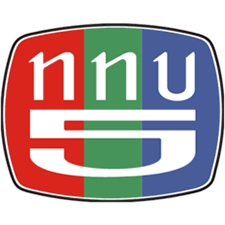
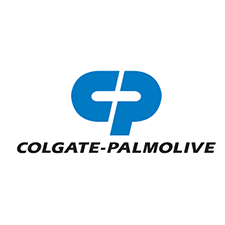
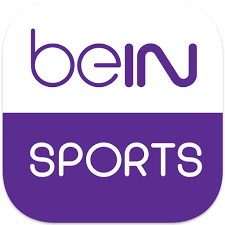


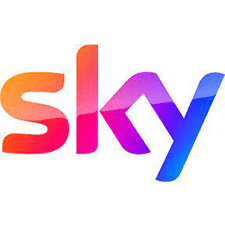

What the future may hold
As the world of media production continues to evolve, so do media asset management systems. Here are some emerging trends and technologies shaping the future of MAM and DAM.
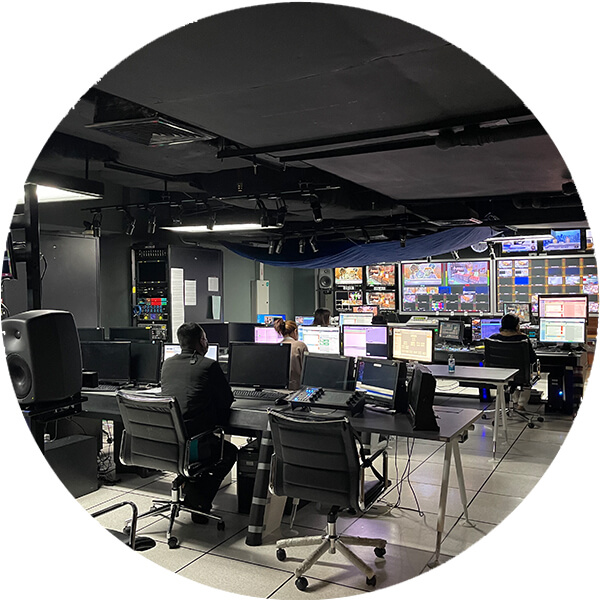
Artificial Intelligence (AI) and Machine Learning
AI and machine learning can be used to automate metadata tagging, analyse media assets, and even generate content recommendations based on user preferences.
Virtual Reality (VR) and Augmented Reality (AR)
As VR and AR technologies become more prevalent, MAM systems will need to adapt to support these new media formats and enable immersive experiences.
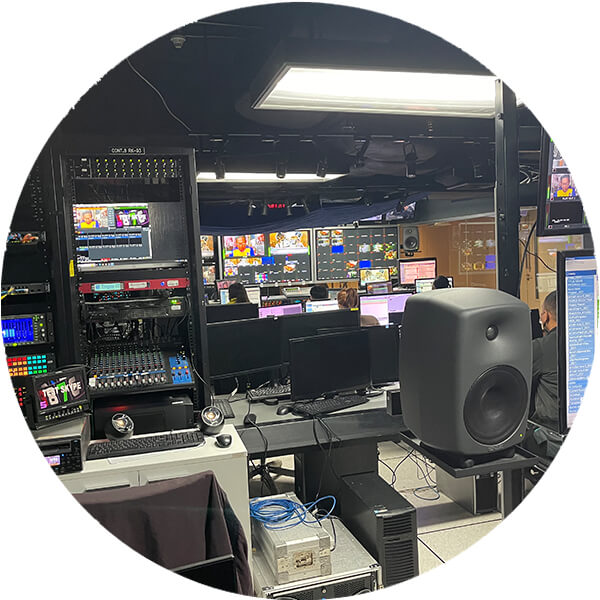
Blockchain Technology
Blockchain has the potential to revolutionise the way media assets are tracked, verified, and distributed, ensuring greater transparency and security in the media industry.
5G Connectivity
As 5G networks become more widespread, MAM systems will need to support faster transfer speeds and real-time collaboration, enabling more efficient content creation and distribution.
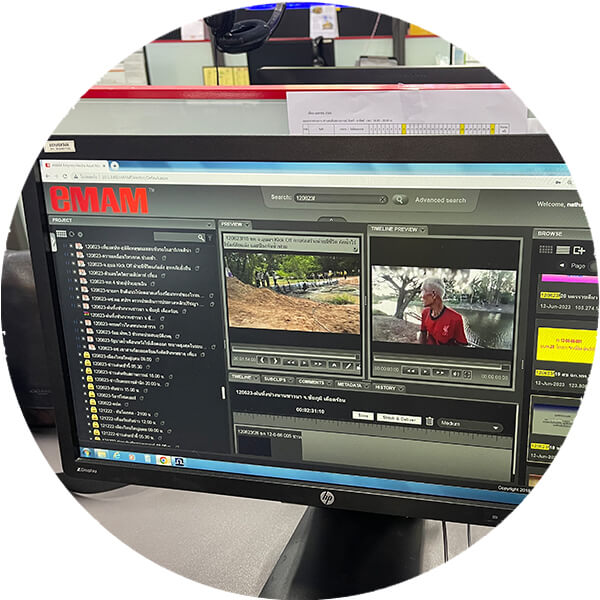
Media asset management is a crucial aspect of any organisation’s content creation and production process. By implementing a robust MAM or DAM solution, you can efficiently store and manage multimedia content, streamline workflows, and improve collaboration among team members. As you consider the best MAM software for your organisation, keep in mind factors such as scalability, integration, security, customisation, and support. Stay informed about emerging trends and technologies to ensure your MAM system remains future-proof and continues to serve your organisation’s evolving needs.
